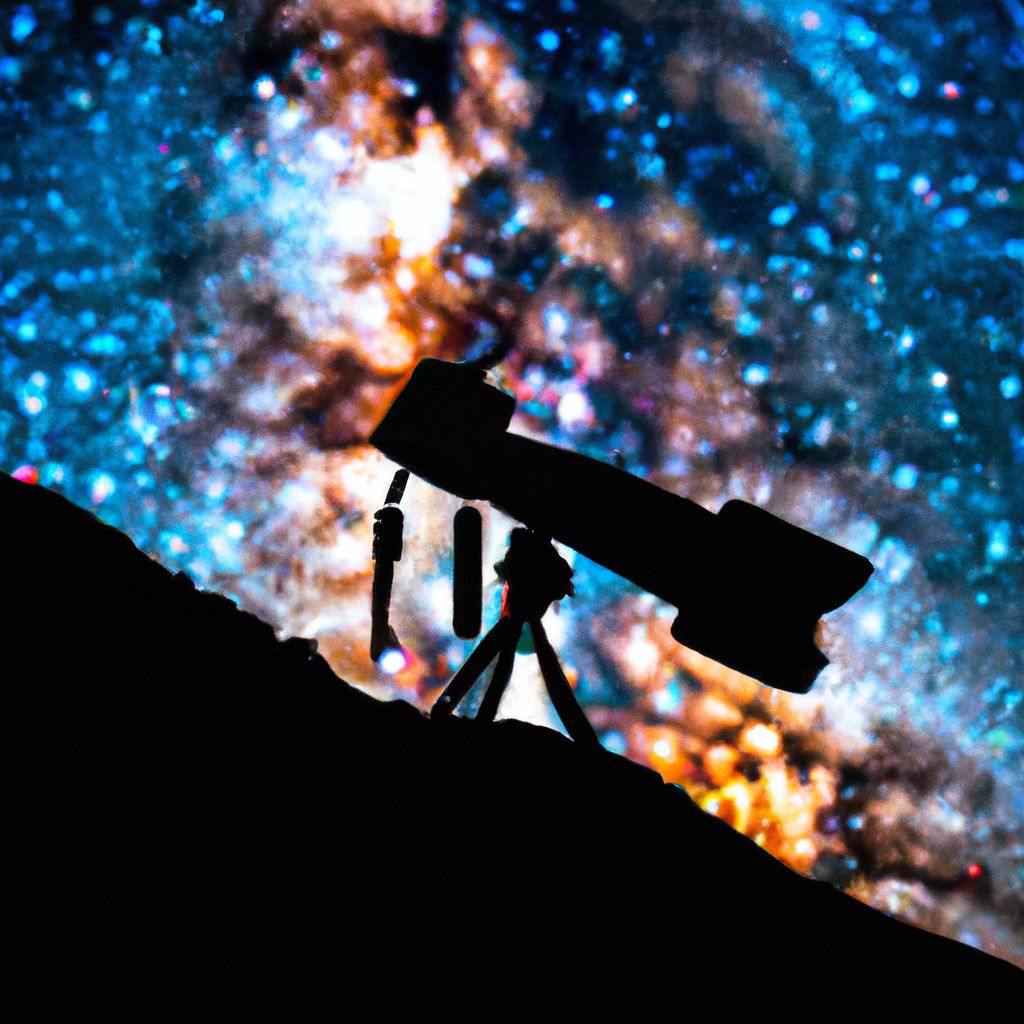- Introduction to Astrophotography
- Understanding the Basics of Telescopes
- Different Types of Telescopes and Their Uses in Astrophotography
- Key Features to Consider When Buying a Telescope for Astrophotography
- Detailed Review of Top-rated Telescopes for Astrophotography
- Pros and Cons of Popular Telescope Models
- Budget-friendly Telescopes for Beginners in Astrophotography
- High-end Telescopes for Professional Astrophotography
- Tips and Tricks for Using a Telescope in Astrophotography
- Maintaining Your Telescope for Optimal Performance in Astrophotography
- Conclusion: Choosing the Best Telescope for Your Astrophotography Needs
Introduction to Astrophotography
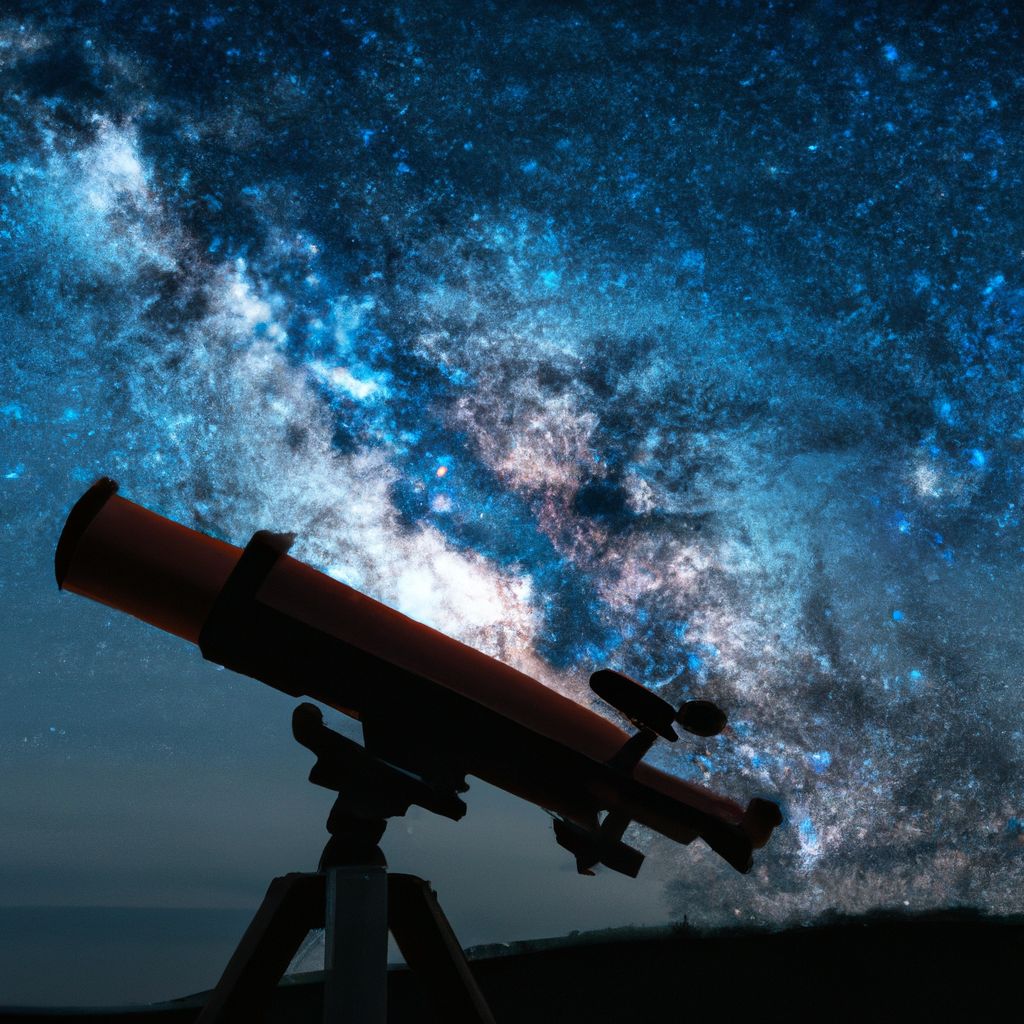
As the night sky reveals its celestial wonders, many stargazers find themselves drawn to the art and science of astrophotography. This specialized form of photography focuses on capturing images of astronomical objects, celestial events, and vast areas of the night sky. From the ethereal glow of distant galaxies to the vibrant bands of the Milky Way, astrophotography offers an unparalleled window into the cosmos. However, to effectively capture these cosmic spectacles, a critical tool is needed: a high-quality telescope designed for astrophotography.
In recent years, the field of astrophotography has seen remarkable growth, attributed to technological advancements in telescopes and imaging equipment. According to a report by Market Research Future, the global telescope market is projected to grow at a CAGR of 7.69% between 2021 and 2025, driven in large part by the rising interest in astrophotography.
But, with a myriad of telescopes available in the market, choosing the best one for astrophotography can be daunting. In this article, we aim to demystify this process and provide a comprehensive guide to selecting the best telescope for your astrophotography needs.
Understanding the Basics of Telescopes
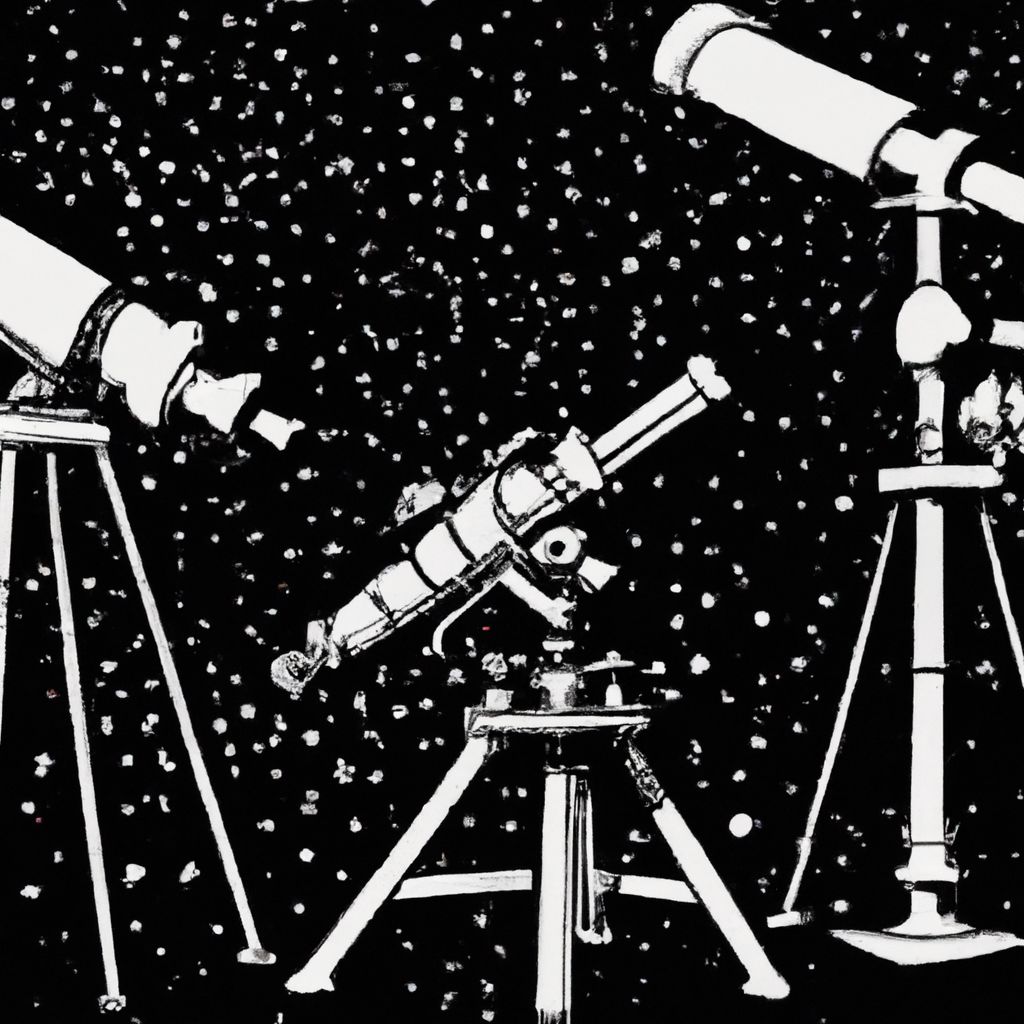
Before diving into the specifics of astrophotography telescopes, it's vital to understand the basics. Essentially, a telescope is an optical instrument that makes distant objects appear magnified by using an arrangement of lenses or curved mirrors and lenses. They play a vital role in astronomy and astrophotography, allowing us to observe distant stars, galaxies, and other celestial bodies.
There are three primary types of telescopes: Refractor, Reflector, and Compound (or Catadioptric) telescopes. Each type has its unique characteristics and advantages:
- Refractor telescopes use lenses to gather and focus light. They are known for their high-quality images, durability, and low maintenance requirements. However, they can be more expensive and heavier than other types.
- Reflector telescopes use mirrors instead of lenses. They provide excellent views of faint, distant objects and are typically more affordable. On the downside, they may require more regular maintenance to keep the mirrors aligned.
- Catadioptric telescopes (or compound telescopes) combine lenses and mirrors to fold optics and form an image. They offer versatility and are ideal for viewing both celestial and terrestrial objects. They are portable but may be expensive.
When choosing a telescope for astrophotography, other crucial factors to consider include aperture size, magnification, mount type, and the telescope's focal length and ratio. These factors significantly impact the quality and type of images you can capture.
Different Types of Telescopes and Their Uses in Astrophotography

Astrophotography requires specific types of telescopes that can effectively capture the beauty of celestial objects. Here, we'll explore different types of telescopes and their suitability for various astrophotography scenarios.
- Refractor Telescopes: Due to their excellent optics and high contrast, refractor telescopes are particularly good for lunar and planetary imaging. They also perform well in wide-field imaging.
- Reflector Telescopes: These telescopes, particularly the Newtonian design, are popular among deep-sky astrophotographers. They offer large apertures at reasonable prices, enabling the capture of faint nebulae, galaxies, and star clusters.
- Catadioptric Telescopes: These are versatile scopes suitable for various astrophotography types. Schmidt-Cassegrain and Maksutov-Cassegrain designs are popular due to their compact size and ease of use.
It's worth noting that no single telescope is the 'best' for all types of astrophotography. The choice largely depends on the specific celestial bodies you wish to photograph. For example, if you're primarily interested in capturing detailed images of planets, a refractor or high-quality compound telescope would be ideal. If deep-sky imaging is your preference, a reflector or large-aperture compound telescope would be more suitable.
According to astrophotography expert Michael A. Covington, "A serious astrograph (telescope for photography) has a fast, wide-field optical system and a high-quality, heavy-duty mounting." Thus, your choice should also consider factors like the telescope's focal ratio and mount type.
Key Features to Consider When Buying a Telescope for Astrophotography
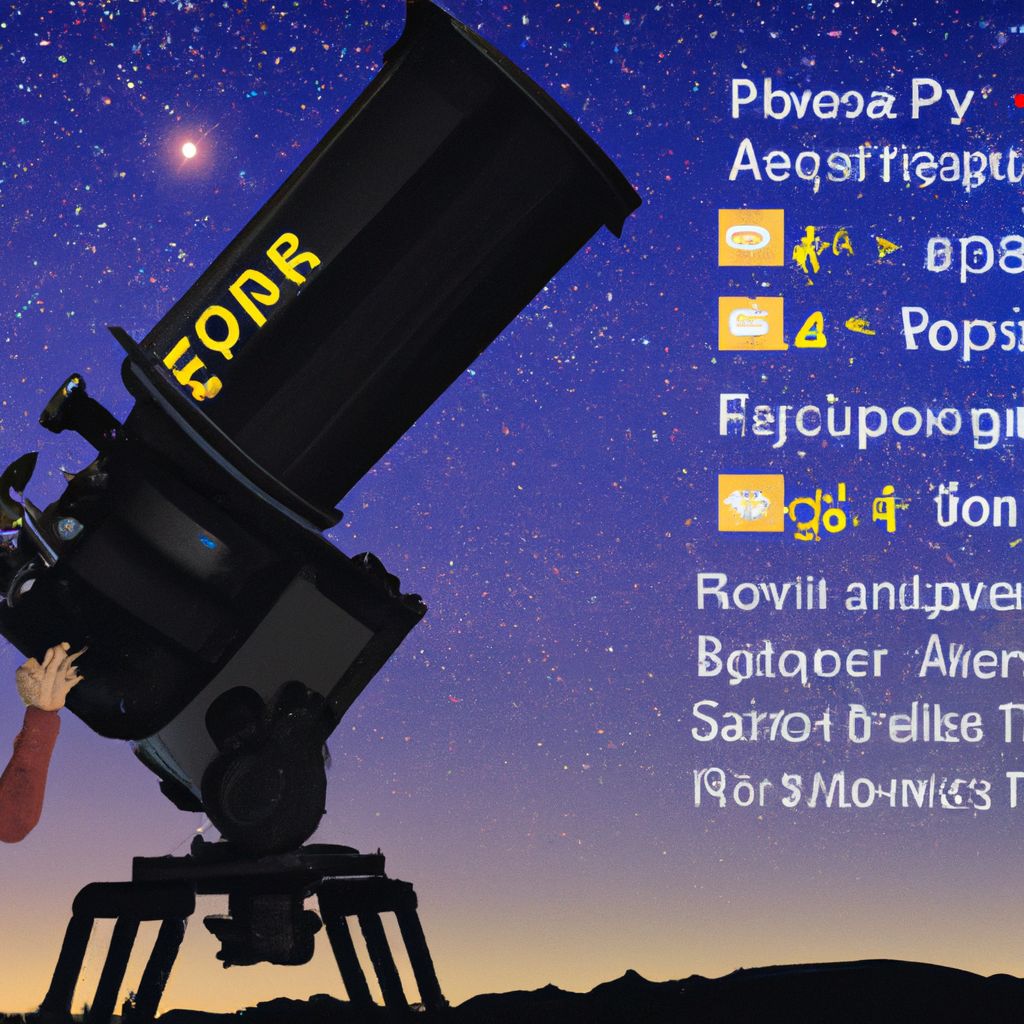
Choosing the right telescope for astrophotography involves considering several technical aspects. To help you navigate through this complex process, we've listed key features you should keep in mind when making your selection:
- Focal Length and Ratio: The focal length of a telescope determines its magnification power and field of view. A longer focal length provides higher magnification but a narrower field of view. The focal ratio (focal length divided by the aperture) indicates the telescope's light-gathering ability. For astrophotography, a fast focal ratio (f/4 to f/6) is usually preferable because it allows shorter exposure times.
- Aperture Size: The aperture size, which is the diameter of the telescope's main optical component (lens or mirror), determines how much light the telescope can gather. A larger aperture allows you to see fainter objects and provides more detail.
- Mount Type: A sturdy mount is critical for astrophotography. There are two main types: altazimuth and equatorial. Altazimuth mounts move up and down (altitude) and left and right (azimuth), while equatorial mounts follow the rotation of the sky. For astrophotography, an equatorial mount is essential to prevent star trailing.
- Autoguiding Capability: Autoguiding is a system that automatically corrects the tracking errors of the mount, ensuring the telescope remains accurately aimed at the target during long exposures. This feature is crucial for high-quality astrophotography.
Aside from these key features, you should also consider other factors like build quality, ease of use, portability, and of course, your budget. Remember, the right telescope for you is one that fits your specific needs and circumstances.
Celestron's AstroMaster, Orion's StarSeeker, and Sky-Watcher's ProED are some of the top-rated telescopes for astrophotography, each showcasing unique features and capabilities.
Ultimately, the best telescope for astrophotography is one that allows you to capture the celestial wonders of the night sky with clarity and precision.
Detailed Review of Top-rated Telescopes for Astrophotography
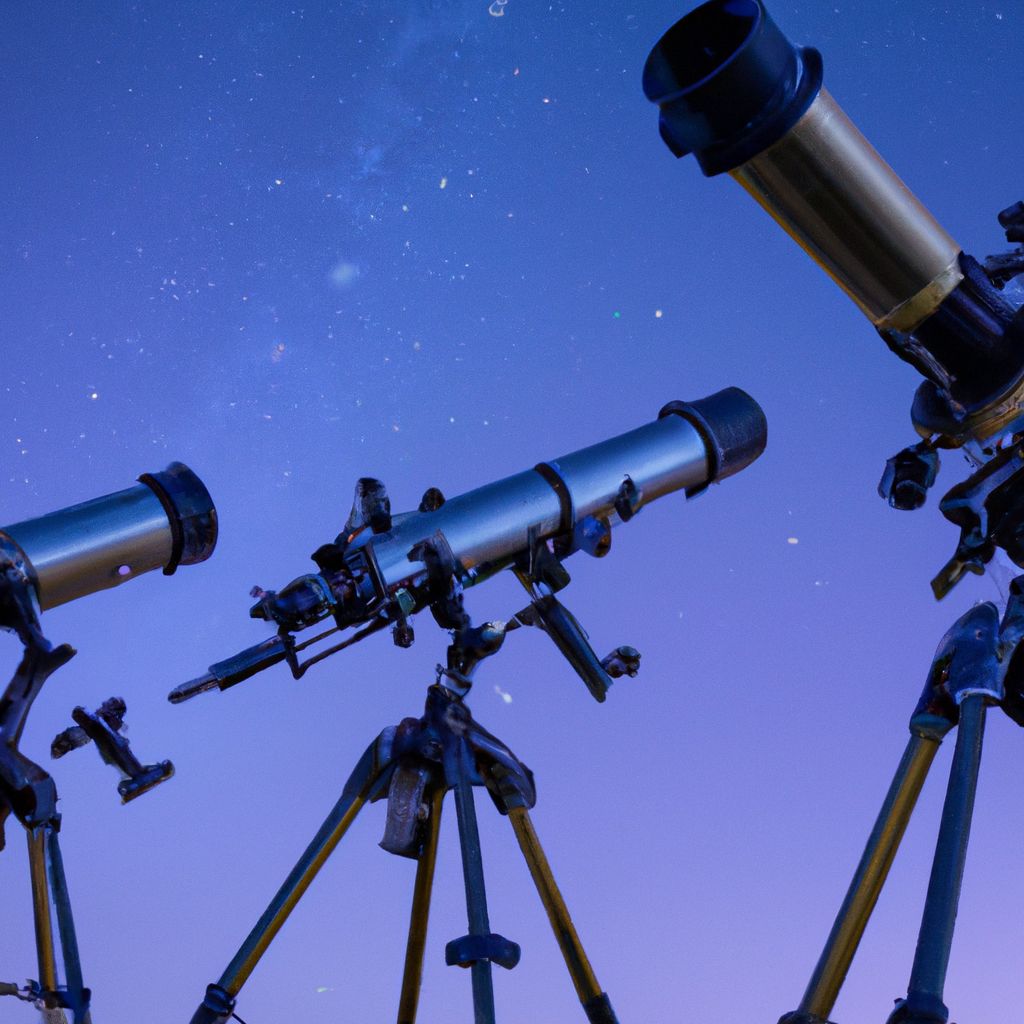
With the plethora of telescopes available in the market, it can be challenging to determine which one is the best fit for your astrophotography needs. To help you make an informed decision, we've compiled detailed reviews of three top-rated telescopes for astrophotography:
- Celestron AstroMaster 130EQ: This telescope is a popular choice among beginners due to its affordability and user-friendly design. The AstroMaster 130EQ boasts a 130mm aperture and a 650mm focal length (f/5). It comes with a sturdy equatorial mount, making it suitable for basic astrophotography. However, its motor drive is sold separately, which you'll need for long-exposure imaging.
- Orion StarSeeker IV 150mm GoTo Reflector: The StarSeeker IV is a reflector telescope featuring a large 150mm aperture and a 750mm focal length (f/5). It comes with a computerized GoTo mount that can automatically locate and track over 42,000 celestial objects, making it easier to capture clear images. While it's pricier than the AstroMaster, its advanced features make it worth the investment for serious hobbyists.
- Sky-Watcher ProED 100mm Doublet APO Refractor: This refractor telescope is well-regarded for its exceptional optics. It features a 100mm aperture and a 900mm focal length (f/9), providing high-resolution images. Its doublet apochromatic (APO) design greatly reduces chromatic aberration, ensuring crisp, clear images. Although it's the most expensive of the three, its superior image quality and durable build make it a favorite among seasoned astrophotographers.
Each of these telescopes offers unique features and advantages, catering to different skill levels and budget ranges. It's essential to consider your specific needs and preferences when choosing the best telescope for your astrophotography endeavors.
Pros and Cons of Popular Telescope Models
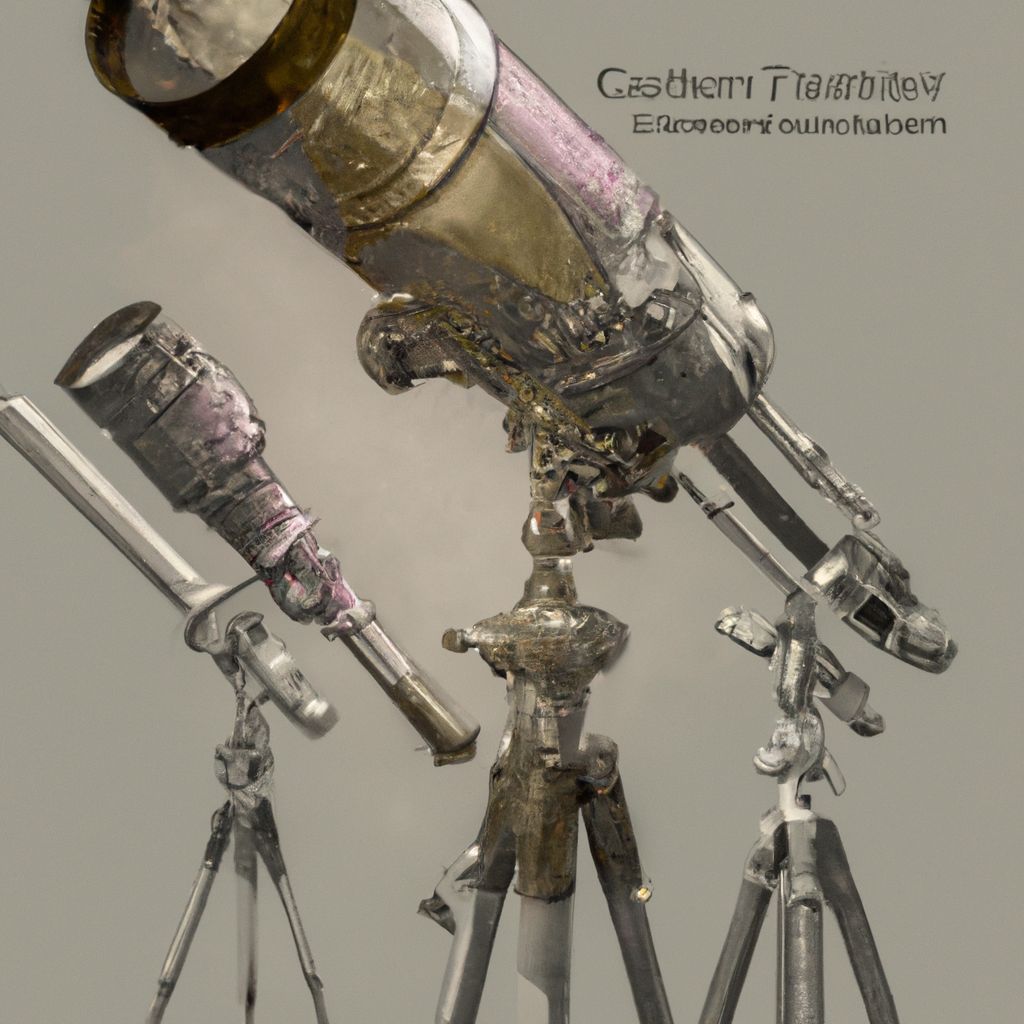
Each telescope model comes with its advantages and drawbacks. Understanding these can help you make an informed decision. Here, we provide a balanced view of the pros and cons of the previously mentioned popular telescope models for astrophotography:
| Telescope Model | Pros | Cons |
|---|---|---|
| Celestron AstroMaster 130EQ |
|
|
| Orion StarSeeker IV 150mm GoTo Reflector |
|
|
| Sky-Watcher ProED 100mm Doublet APO Refractor |
|
|
Remember, the best telescope for you largely depends on your astrophotography goals, level of experience, and budget. Always weigh the pros and cons before making a purchase.
Budget-friendly Telescopes for Beginners in Astrophotography
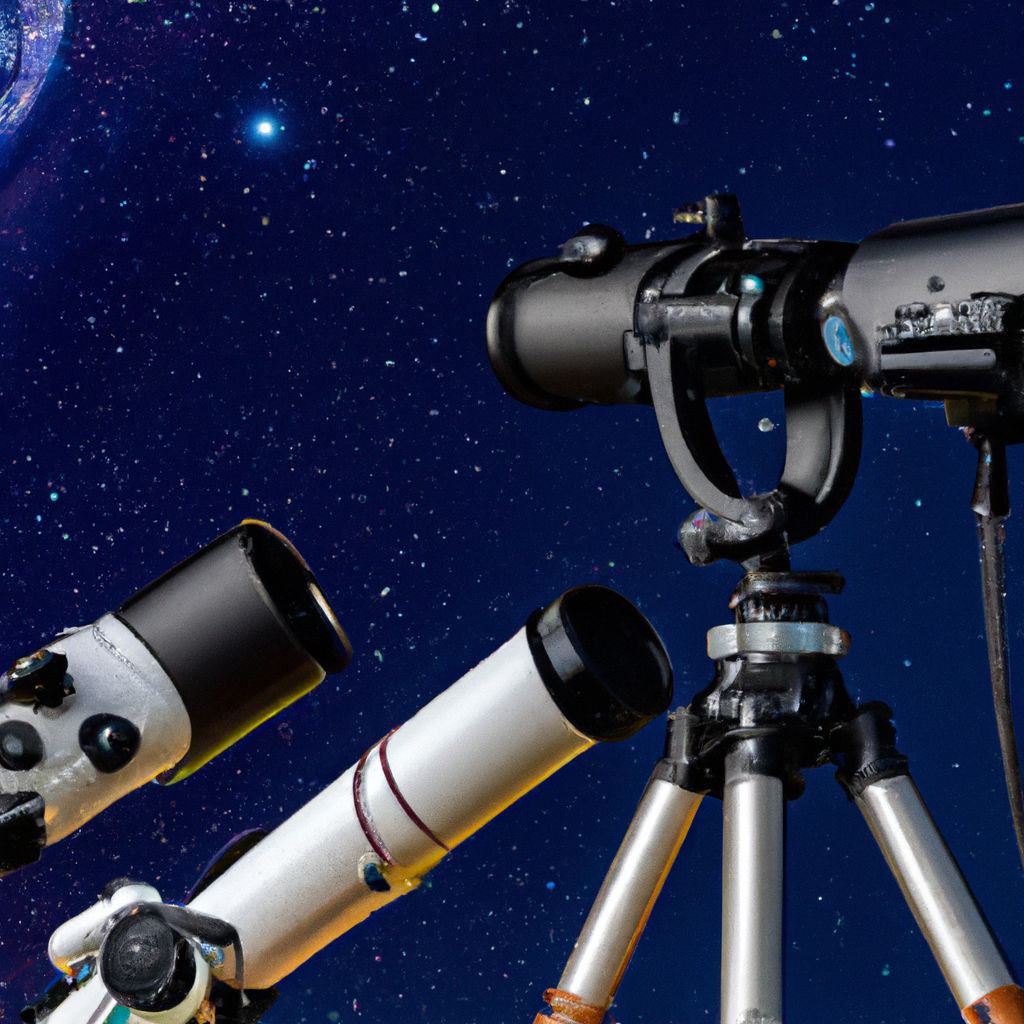
Getting started in astrophotography shouldn't have to break the bank. There are several budget-friendly telescopes available that are perfect for beginners. Here are three models that offer good value for money:
- Celestron AstroMaster 70AZ: This refractor telescope is perfect for beginners. With a 70mm aperture and a 900mm focal length, the AstroMaster 70AZ is designed to deliver bright, clear images of the Moon and planets. Its easy-to-use altazimuth mount makes it a great pick for those just starting out in astrophotography.
- Orion SpaceProbe 130ST Equatorial Reflector Telescope: This is a budget-friendly reflector telescope with a 130mm aperture and a 650mm focal length. It comes with an equatorial mount, making it suitable for basic astrophotography. The SpaceProbe 130ST offers excellent value for its price.
- Meade Instruments Infinity 80mm AZ Refractor: This is an 80mm refractor telescope with a 400mm focal length. It's easy to set up and use, making it ideal for beginners interested in both astronomy and astrophotography. It comes with an altazimuth mount, multiple eyepieces, and a 2x Barlow lens.
While these models may not offer the advanced features found in higher-end telescopes, they provide an affordable entry point into the world of astrophotography. As you gain experience and develop your skills, you may choose to upgrade to a more advanced model.
High-end Telescopes for Professional Astrophotography
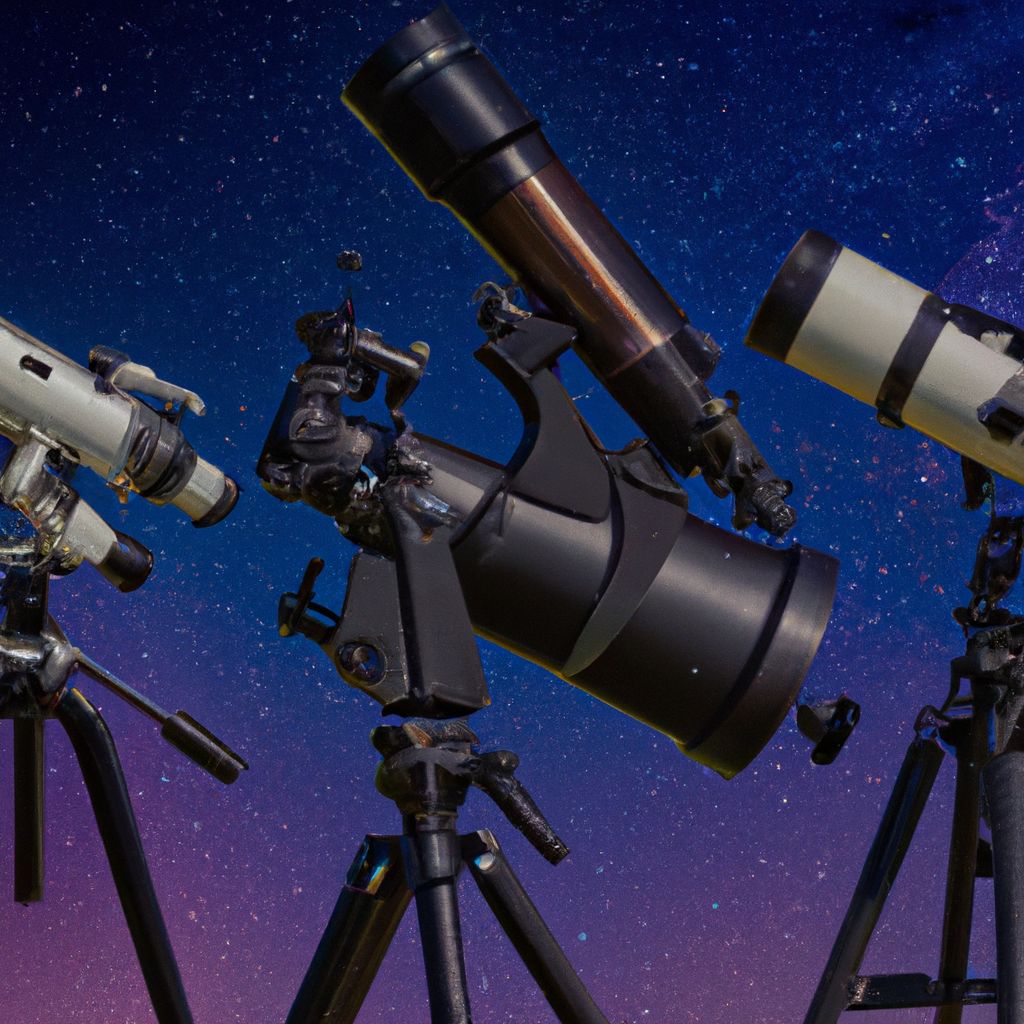
For seasoned astrophotographers or those who want to take their hobby to the next level, high-end telescopes offer advanced features and superior optics. Here are three top-of-the-line models that are well-regarded in professional astrophotography circles:
- Celestron EdgeHD 1100 XLT: The EdgeHD 1100 XLT is a premium Schmidt-Cassegrain telescope with an 11-inch (279.4mm) aperture and a 2800mm focal length. It features Celestron's proprietary EdgeHD optical system, which delivers exceptional image clarity across the entire field of view. Its heavy-duty CGE Pro mount ensures accurate tracking, even during long exposure times.
- Orion Atlas 10 EQ-G GoTo Reflector: This high-end reflector telescope offers a large 10-inch (254mm) aperture and a 1200mm focal length, making it ideal for deep-sky photography. The included GoTo computerized mount can locate and track over 42,000 celestial objects, ensuring you never miss a photo opportunity.
- Sky-Watcher Esprit 120mm ED Triplet APO: This refractor telescope is known for its superb image quality. It features a 120mm aperture and a 840mm focal length. Its triplet apochromatic (APO) design minimizes chromatic aberration, delivering crisp, clear images. The Esprit 120 also includes a dedicated field flattener to ensure edge-to-edge sharpness in your photos.
While these models come with a higher price tag, they offer superior performance and features that can significantly enhance your astrophotography experience.
Tips and Tricks for Using a Telescope in Astrophotography
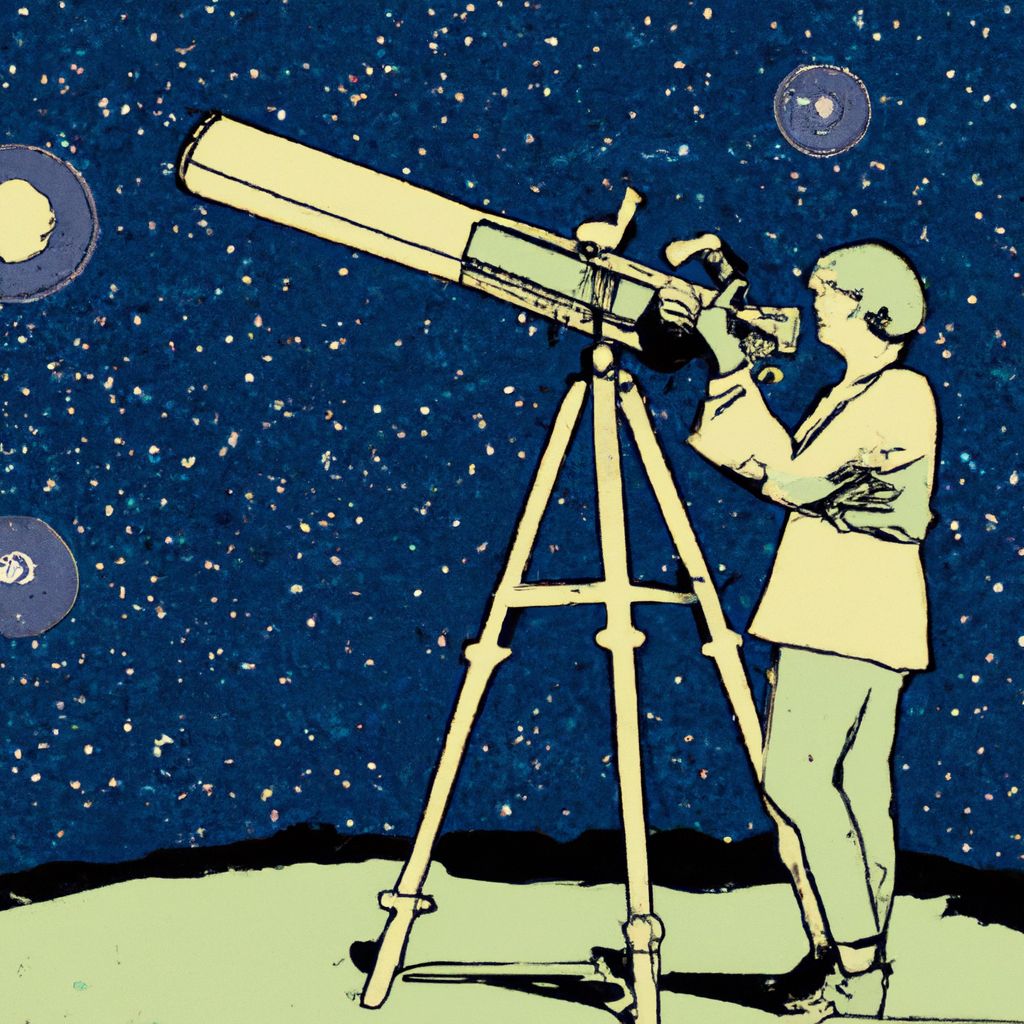
Using a telescope for astrophotography can be a rewarding experience, but it can also be challenging, especially for beginners. Here are some tips and tricks to help you get the most out of your astrophotography telescope:
- Understand Your Equipment: Familiarize yourself with your telescope and mount. Understand how to operate them and how different settings affect your images. The user manual is a great place to start.
- Learn About the Night Sky: Knowing your way around the night sky can make your astrophotography sessions more productive. Use star charts or astronomy apps to help identify celestial objects.
- Start with Bright Objects: If you're a beginner, start by photographing the Moon and bright planets. These are easier to locate and photograph compared to faint deep-sky objects.
- Focus Carefully: Achieving a sharp focus is crucial in astrophotography. Take your time and use focusing aids if available. Some cameras offer a 'live view' feature that can be useful for focusing.
- Take Lots of Images: In astrophotography, more is better. Taking multiple images (known as frames) can help reduce noise and bring out more detail in post-processing.
- Be Patient: Astrophotography is a hobby that requires patience. Don't be discouraged if your early attempts don't turn out as expected. Keep practicing and learning, and your images will improve over time.
Remember, astrophotography is as much an art as it is a science. Experiment, learn, and most importantly, enjoy the process of capturing your unique view of the cosmos.
Maintaining Your Telescope for Optimal Performance in Astrophotography

Maintaining your telescope is crucial for ensuring its longevity and optimal performance in astrophotography. Here are some maintenance tips to help keep your telescope in top shape:
- Cleaning: Regular cleaning is essential. Dust and debris can accumulate on the optical components over time, degrading image quality. Use a soft brush or compressed air to gently remove dust from lenses and mirrors. For more thorough cleaning, use a lens cleaning solution and a microfiber cloth. Always clean optics gently to avoid scratching them.
- Storage: When not in use, store your telescope in a cool, dry place, away from dust and sunlight. Use lens caps or covers to protect the optics. If possible, store the telescope in its original packaging or a padded case.
- Alignment: Reflector and compound telescopes may require periodic collimation (alignment of the optics). This is a delicate task that should be done carefully following the manufacturer's instructions or expert guidance.
- Regular Check-ups: Regularly inspect your telescope for any signs of damage or wear. Check the mount and tripod for stability, and ensure that all moving parts are functioning smoothly.
- Professional Service: For serious issues or regular maintenance, consider getting your telescope serviced by a professional. They can perform tasks like mirror recoating, which can significantly improve the performance of your telescope.
Remember, a well-maintained telescope not only performs better but can also provide many years of enjoyable stargazing and astrophotography.
Conclusion: Choosing the Best Telescope for Your Astrophotography Needs




